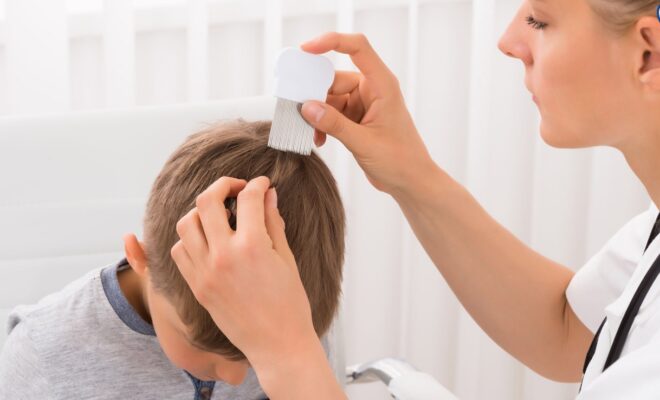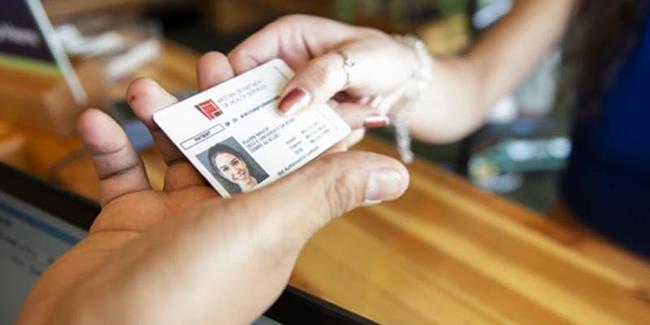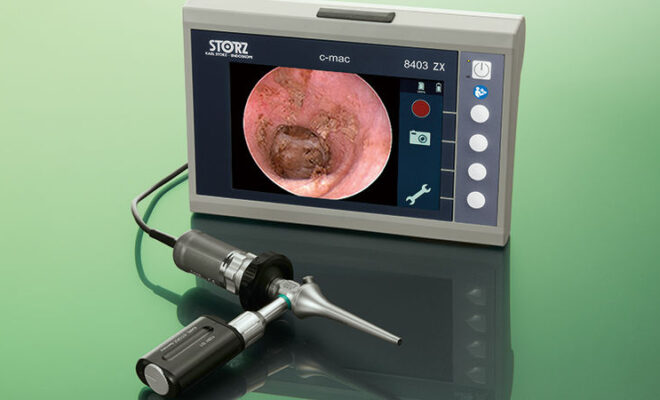How To Get Rid Of Head Lice Naturally?

It’s the return of lice on blond heads. But jumping on the first anti-lice shampoo is not the best solution. Some traditional products can be harmful to health. There are another natural, easy, economical, and effective ways to get rid of head lice. It is strongly discouraged to use gasoline or kerosene to disinfect objects that have been in contact with lice. These products are indeed hazardous. Continue to learn more from lice doctors.
Prevention
Lice pass easily from head-to-head. An affected child risks infecting his entire class. If lice are circulating in your surroundings, here are some tips to avoid contamination: Avoid sharing caps, balaclavas, scarves, towels, brushes, combs, and other hair objects, and wear a cap at the pool.
Put a few drops of lavender essence in the hair daily to ward off lice during infestations. The louse does not fly, does not jump but swims. Transmission is mainly by direct contact or through objects or clothing of an infected person.
How To Spot Lice And Nits?
Those tickles. It itches. It itches, even. It’s time to take a closer look at the scalp. If there are sticky, greyish-white or brownish, shiny, and translucent films clinging to the base of the hair, around the ears, and the nape of the neck, these are nits, the eggs of lice. Lice are 1.5 to 3 mm long.
Lice can cause itching, sometimes incessant. By dint of scratching, you can suffer from skin lesions or impetigo. It is, therefore, necessary to quickly treat the infested hair.
The Dangers Of Anti-Lice
It is better to avoid traditional anti-lice shampoos. These expensive products can be toxic and dangerous to health. The active ingredients that make up conventional anti-lice products are insecticides, which are harmful to health. Some are carcinogenic or likely to be. Some can even cause malformations in the fetus (teratogenic).
Some products can cause side effects: skin irritations, allergies, fatigue, and even, in the most serious cases, comas or cardio-respiratory disorders. Since the 1950s, anti-lice treatments have contained insecticidal substances. Lice which can be treated in places like Lice Treatmentin Las Vegas, Nevada for example have developed a resistance to these products, which must be increasingly toxic to remain effective. Their use should be avoided as much as possible.
[1] Made up of amorphous silicon dioxide from the fossilized remains of seaweed, diatomite attacks the skeleton of insects and absorbs their internal fluid, thus causing their death by dehydration.
[2] The active ingredients that go into the composition of anti-lice products are organophosphates (malathion), pyrethrins (pyrethrum), and pyrethroids (bio-allethrin, phenothrin, permethrin).
[3] Piperonyl-butoxide is a suspected carcinogen and teratogen.






